12 Great Tips to Enjoy a Vacation with Kids
The grandkids returned from a trip to Osaka, Japan, recently. And by all accounts, a good time was had by all. My son Dave ensures a positive outcome by carefully pre-planning a vacation with kids.
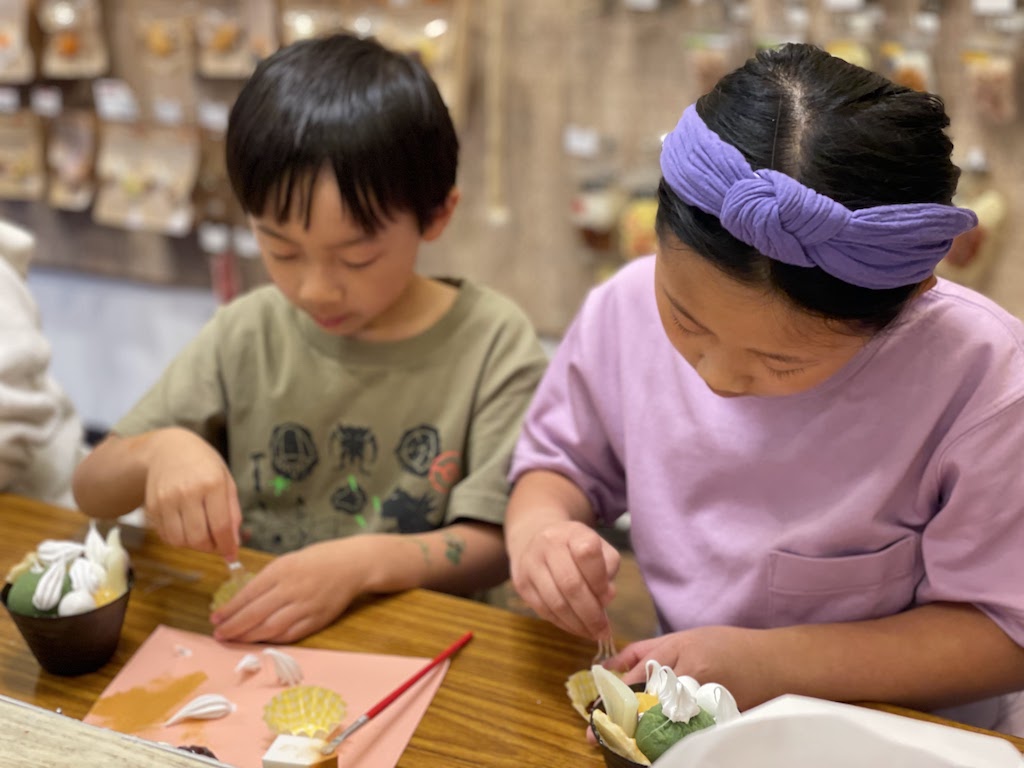
Whether you’re doing a car trip to a neighboring state or jetting halfway around the world, these tips can make vacationing with kids less stressful and more rewarding.
And, if a vacation isn’t in the cards this year, go on a pretend trip around the world, as we did last summer. You and the grandkids can travel anywhere using your imagination.
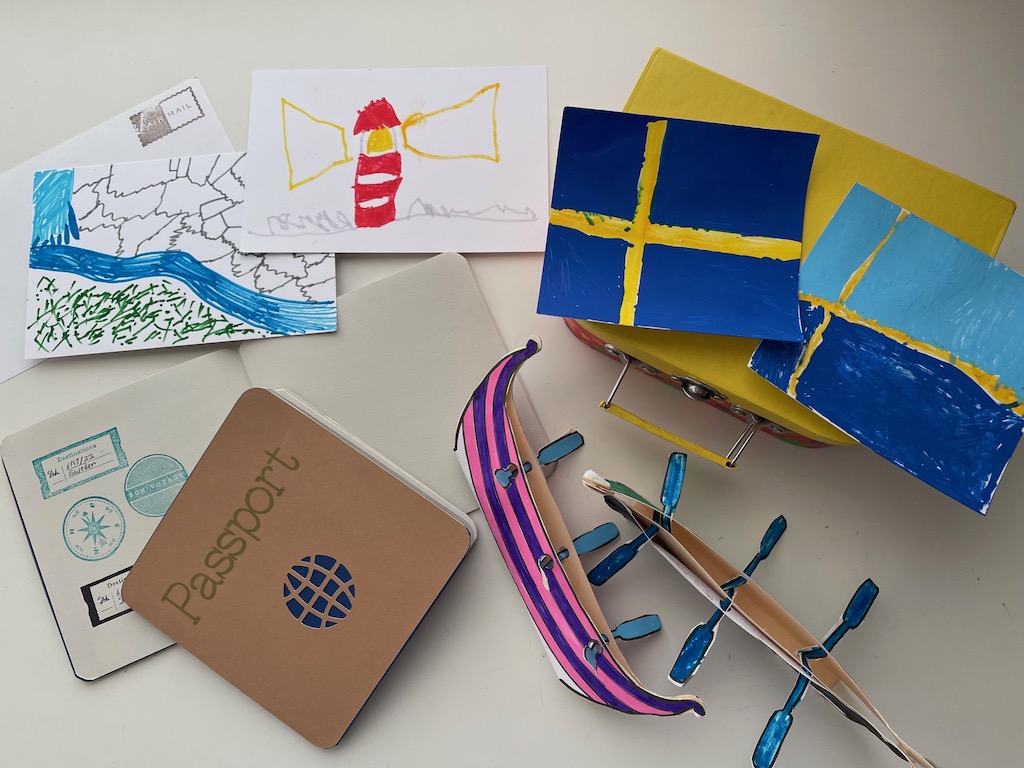
Here’s what my son Dave recommends for a successful vacation with kids:
#1 Research What’s Available
Kids come first. There will always be things for adults to do, but it’s much harder to find kid-appealing activities. Dave googles “activities for kids” in the areas they will visit, which will invariably bring up aquariums, children’s museums, and such. Then he digs deeper.
“I researched what arts and crafts Osaka is known for, then I tried to find hands-on classes reflecting those specialties. Classes are great because it gives the kids an experience and often, a tangible souvenir at the same time. Look for those unique activities that kids can’t get at home.”
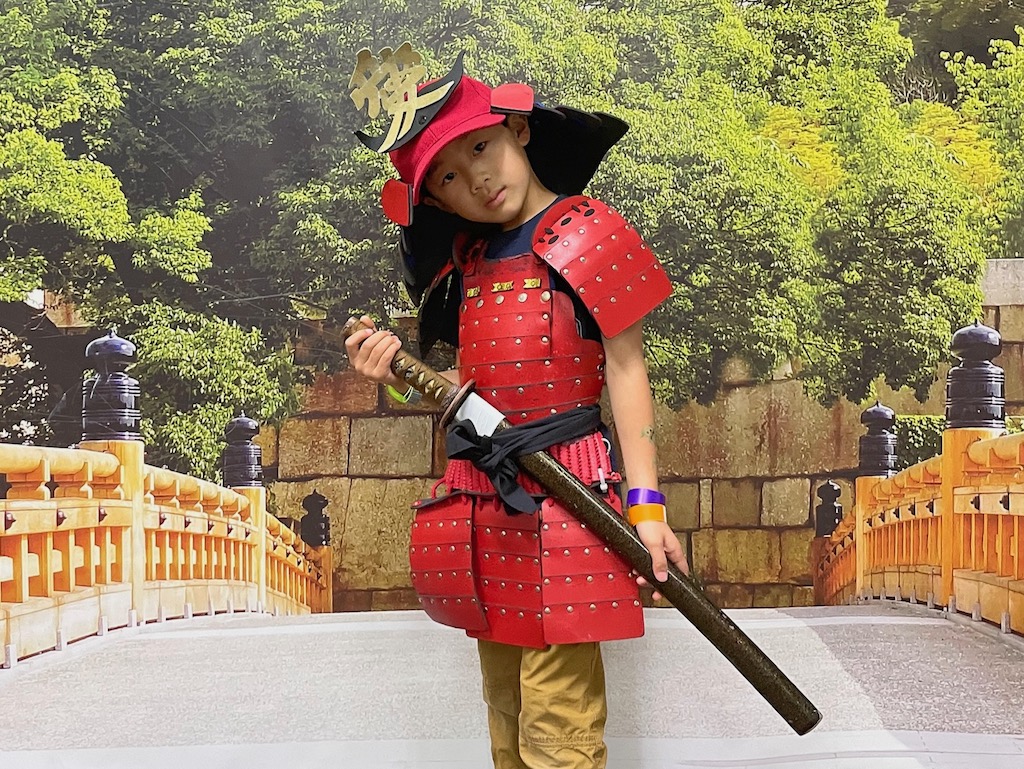
#2 Ensure There’s Something for Everyone
When traveling with kids, “balance what you want to do with what’s fun for the kids. What gives me pleasure is finding stuff for the kids to enjoy—so it’s easier to plan when your satisfaction comes from the children’s happiness.”
But don’t overdo it, Dave cautions. Friends visiting from overseas spent their entire trip at every theme park. “The child was happy but the adults were miserable. On the last day, they did one thing for themselves,” he says. “It wasn’t a good balance.”
It’s ideal if you can find activities the whole family will enjoy. “Making realistic fake food at Design Pocket Osaka is fun for everyone.
So is candy making. Osaka is known for kompeito, a kind of sugar candy and the Kompeito Museum provides a workshop where kids and adults can make their own candy.
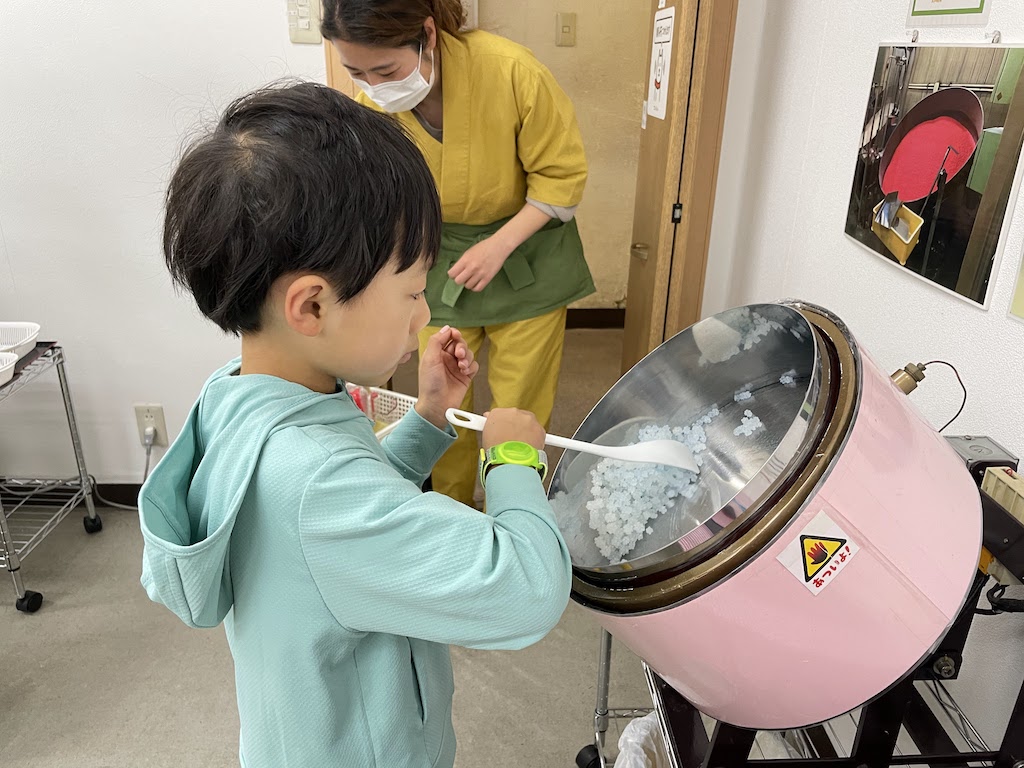
#3 Know your Children’s Interests
Miss T would be totally into bead making,” Dave says. So, he enrolled the family in a Kinari Glass workshop, where each participant made a beautiful glass bead that was turned into a keychain.
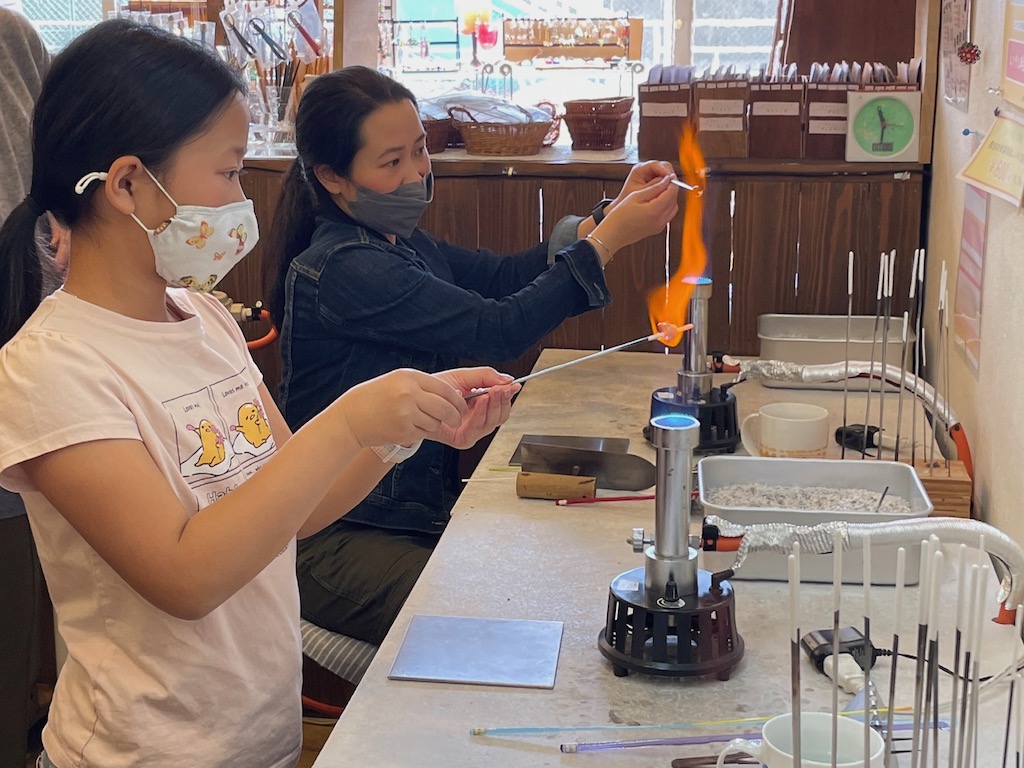
Look for age-appropriate activities. N totally enjoyed KidZania Koshien, where he could get dressed up and experience different careers. At 10, Miss T, who loved it when she was younger, has outgrown this activity.
It’s okay to split up the family to pursue different interests, Dave says. It maximizes everyone’s time.
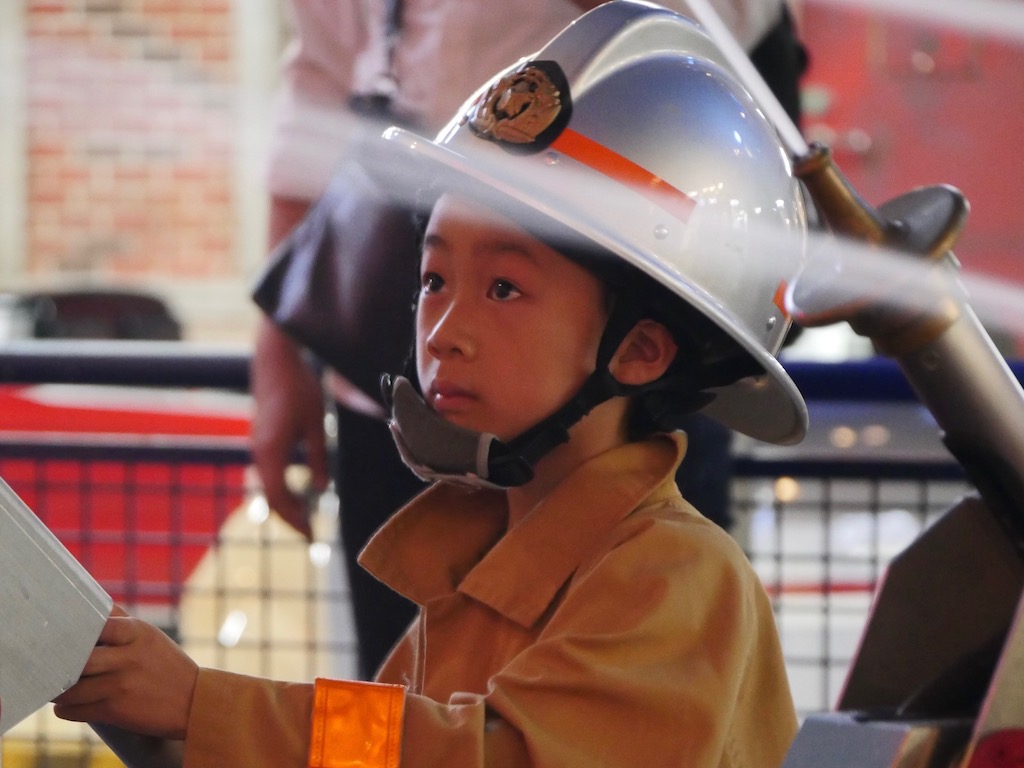
#4 Involve your Child in the Planning
Once Dave finds some possible activities of interest, he checks them out on YouTube. It helps to see actual videos. Would my child like to do that?
Once he’s satisfied in the affirmative, the kids get to watch the videos. “Videos give the kids something to react to. It fills in the blanks if they can’t imagine it.”
The kids have been to Japan a few times before, so there’ no need to psyche them up for the trip, Dave says. “They’re psyched up already.
“Now if we were traveling with kids to Morocco, a place we haven’t been, I’d want them to know about the geography, weather, and food to give them an overview. We’d watch a few sightseeing videos to get them excited.”
#5 Make a Travel Schedule
“Nail down every day,” Dave says. “I’m super-organized. If you get out of bed wondering what to do that day, you’ll be wasting a lot of time.
“Plan on no more than two activities a day: one thing for the morning and one for the afternoon. I make a spreadsheet of the schedule and include the address, hours of operation, and closest transportation stop.
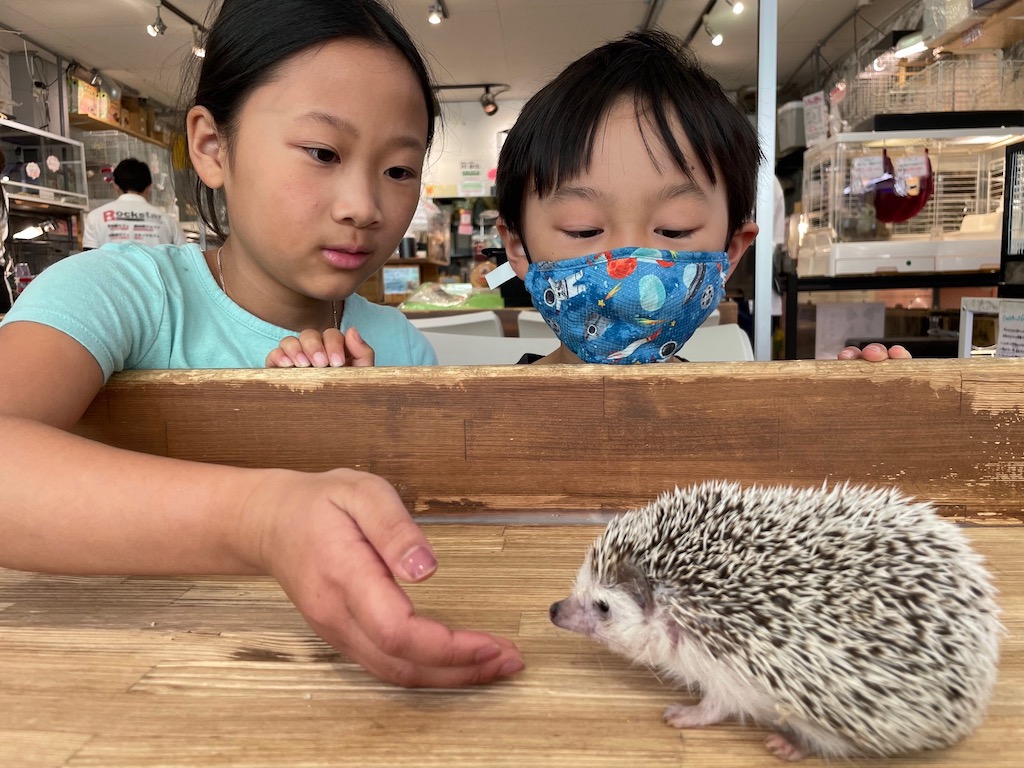
“We break for lunch and we are done for the day about three in the afternoon. While two super-aggressive adults can manage to do three things a day, it’s insane how much kids will slow things down,” he cautions. Simple things like changing a diaper or taking a break for tired or hungry kids, can wreak havoc on a tightly-packed schedule.
#6 Pace the Trip
“On average, we do 8 to 9 miles of walking per day, which the kids do uncomplainingly. You experience a city much more richly by walking. We did the same in Paris. Kids get tired of walking so much around the 10th day. Then there’s a little whining,” he admits.
“It’s time to take the foot off the gas a bit because everyone is tired. So, we might go shopping. Nothing opens until 10 anyway, so sleeping late is okay. I’m up early so I get an hour to walk around and enjoy the city before we start our day.”
Dave is thinking of giving each child an inexpensive pedometer so that walking would become a game. It’s much more fun and more motivating if you can track the miles.
#7 Use Jet Lag to your Advantage
It’s hard to get a jump on the day when “day” really is “night” for you. Dave uses jet lag to his advantage.
For example, upon arrival in Osaka during the daytime, it’s hard to keep the family on a day schedule when the body clocks says it’s bedtime. So, Dave might plan an outing at an arcade. With vibrating sounds, flashing lights, and game excitement, everyone will be awake and alert, the better to ease into a new time zone.
Another example: It takes an hour to get to Universal Studios Osaka from the city center, and it’s best to get there early to beat the crowds. Dave scheduled this activity at the start of the trip, when everyone is still fighting jet lag. People are up and awake early anyway.
To try to minimize jet lag, Dave keeps the kids up late the night before the trip so they will sleep on the plane. He packs them a homemade meal. “The kids prefer the food I make them for the plane. So, if the meal cart comes and they’re asleep, we let them sleep. I pack enough snacks and food so they’re never hungry,” he says.
“The kids were more or less adjusted within the first 24 hours. N in particular. After dinner on the first day, I had to carry him home. I planned for that. But by the next night, he was fine.”
#8 Plan for Contingencies
There’s never a dull moment because Dave has factored in contingencies. “In case an activity ends up being super short compared to the time I had allocated, I have other things in my back pocket that the kids can do,” Dave says.
He uses Google Maps, to save places that he plans to visit or would like to visit, if time permits. Once these are plotted, it’s easy to see what else is nearby in walking distance, to fill the extra time. “I rely on Google Maps to get public transit directions, too,” he says.
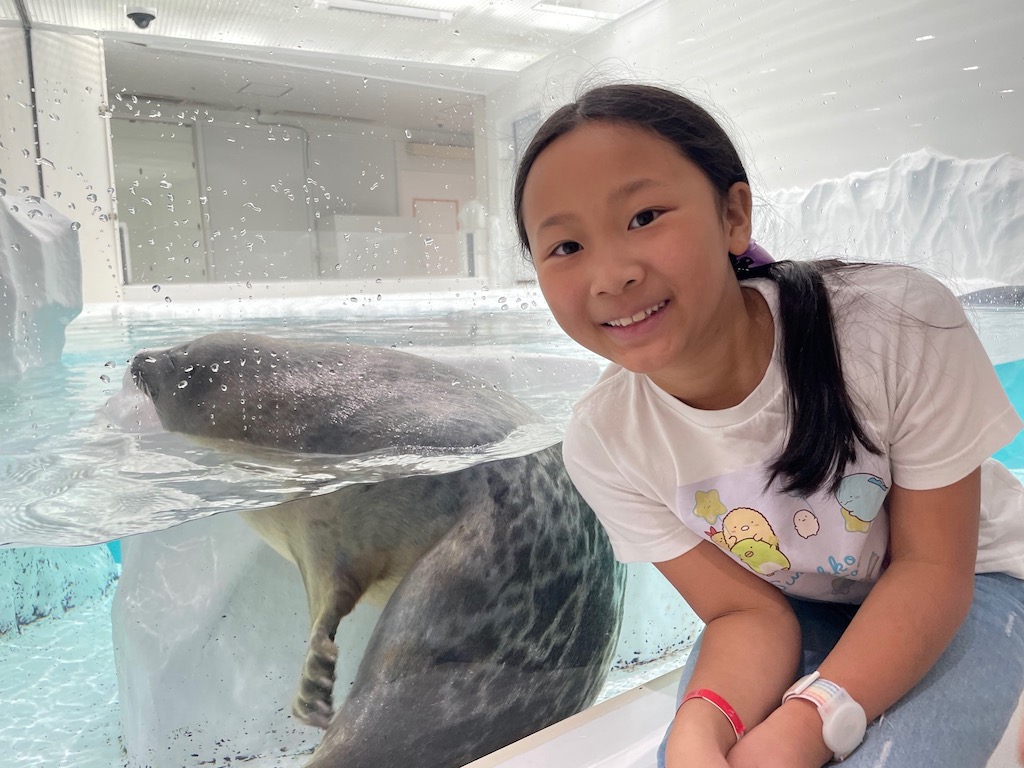
Miss T had done a report on bat rays at school so the Osaka Aquarium Kaiyukan aquarium was a must. Because Dave’s family went early and were in the first group to enter, there was no waiting and they didn’t have to fight for space to see the exhibits. They were done before the three hours recommended. Google maps provided backup ideas.
Dave had bookmarked the aquarium as a place to visit, having read an article about it two years ago. He saved it in his personal Pocket library, as he does when he comes across any interesting travel story in his daily news reading. By saving and tagging the articles, he is continually creating and adding to an electronic travel “file,” ready for the family’s next trip.
#9 What to Pack When Traveling with Kids
Everyone gets their own compression packing cubes, Dave says. Miss T, who is almost ten, packs own clothes. For 12 days, she takes 13 outfits.
It’s a good idea to pack a day’s change of clothes for the whole family in one carry-on bag, in case checked luggage gets lost.
Each child can can take a stuffed animal. And each child wears an Apple Air Tag on a bracelet band so the parents can keep track of them in crowded places like the airport. Dave recommends a cloth band with Velcro over the silicone ones.
#10 Airline Entertainment
Both kids are issued an electronic device for the plane. “I’ve been on a trip when the inflight entertainment didn’t work. Kids all over the plane were going nuts,” he recalls.
“I like the Kindle Fire for this purpose, bought on sale and used just for travel.” Dave also like audiobooks to lull kids to sleep on the plane. Hopefully, they’ll close their eyes while listening and drift off.
Yoto Player, a device for young children, allows N to enjoy stories, music, and podcasts by inserting a card into the player.
“Traveling internationally, the kids are so amped up, they might stay awake the whole flight. Don’t expect your standard bedtime routine will apply on the flight.” he says.
While he appreciates electronic devices for long flight, on driving trips, even as long as seven hours, Dave says that no books or audio players are allowed on the way to the destination. “If everyone is busy listening, no one’s talking. Everyone is just doing their own thing. Instead, without electronics, the family is encouraged to talk and play games together.”
#11 Be Flexible about Meals
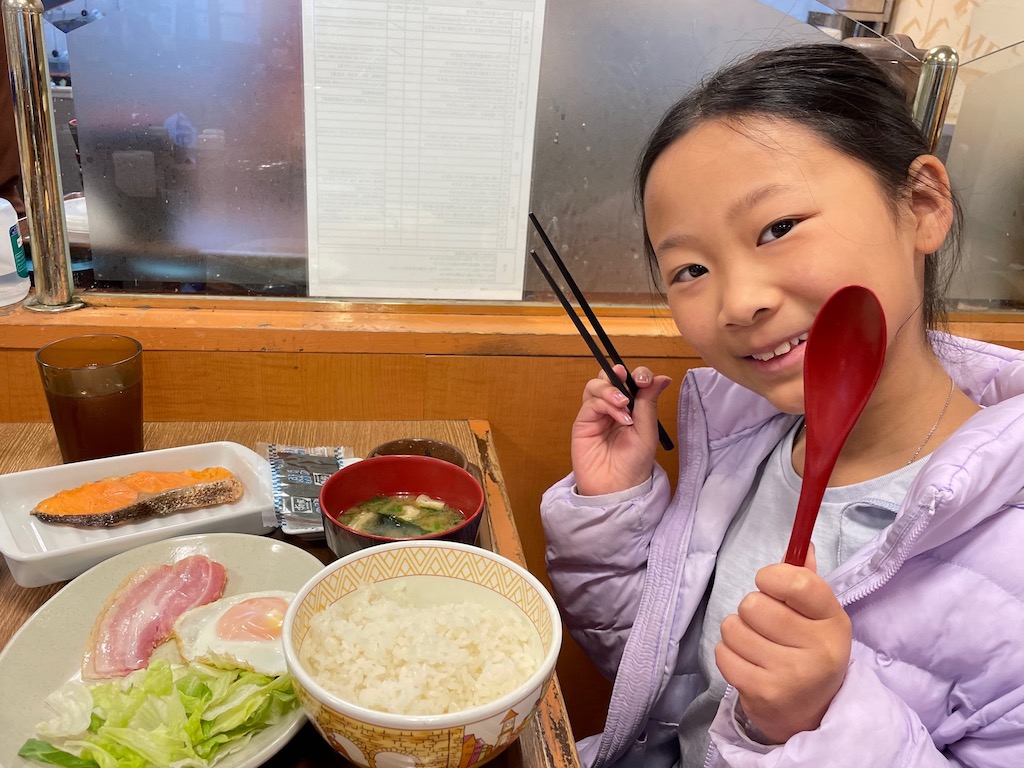
Dave is knowledgeable about food, appreciates good food, and is a good cook. But he doesn’t seek out specific restaurants when traveling with kids.
“I don’t plan around meals,” he says. “Plan around activities; meals are wherever you are.
“I make a list of foods we want to eat. But I don’t agonize about whether or not the restaurant we end up at is the best place for it. When you travel with kids, you don’t want to wait in line for an hour for the best ramen.
“We never make restaurant reservations. If an activity is going long, I don’t want to cut off something we are really enjoying because we have to go to dinner.”
Decoding the Japanese menu is no problem with Google translate. Open the app, put your phone camera over the Japanese words, and Google will translate it for you.
#12 Make Travel Memories
“The kids travel really well,” Dave says. “They’ve been on two big trips in less than six months.”
Dave takes lots of photos on the trips and makes a Google photo album, which is posted to the family’s digital frame.
For souvenirs, the best are ones the kids make themselves in some of the classes they attend, he says. Returning from Japan, each child now has a fake food parfait, which is also designed to be a photo holder. They each have a glass bead key chain, fashioned from the bead they made themselves.
“We also take the kids to toy stores, where there are crazy stuff you don’t see in the States,” he says. These become travel mementos, too.
Dave also save admission tickets and brochures to help the kids remember their trip.
“I’m always looking for Christmas ornaments but they’re hard to find. I’d encourage travelers to collect what they’re into. Some people have spoon collections, or collect magnets, key chains, or patches. These collections reinforce travel memories.
Sign Up!
Don’t forget to sign up for my email newsletter. Every Wednesday, I’ll give you a new idea for an activity or insight to nurture the little ones in your life.